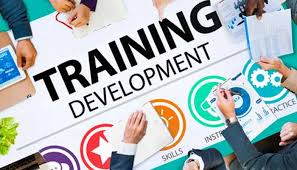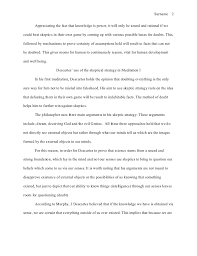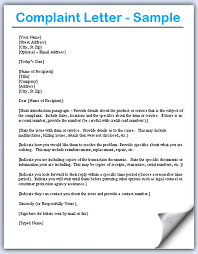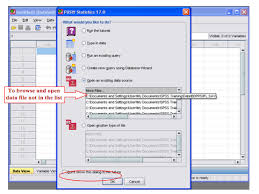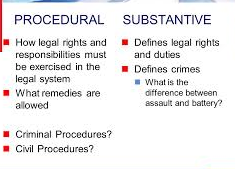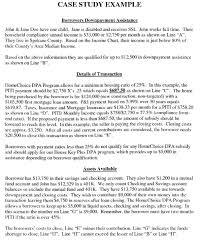
Diversity Reflection
Order Instructions:
my diversity assignment for my e-portfolio upload
SAMPLE ANSWER
Diversity Reflection
The areas that I define as my strong points or strengths include those proficiencies that I marked 4; that is, I strongly agree. These include the following: I have the awareness of the issues and needs that relate to English language learners and I am actually conversant in the strategies for supporting their learning; and I fashion a learning community wherein individual dissimilarities are respected. Moreover, it includes the proficiency that I utilize educational approaches which are sensitive to the many experiences of learners and which address dissimilar learning and performance styles.
The areas that I define as needing improvements are basically those ones which I agree with, albeit not strongly; that is, areas which I marked 3. These include the proficiency that I have a thorough understanding of uniqueness in learning; I appreciate and could recognize dissimilarities in approaches to learning and performance, including dissimilar performance modes and styles of learning, and I am able to facilitate instruction which helps utilize the strengths of students as the starting point for growth. Other areas in which I need improvement include the following proficiencies: I understand the way in which the learning of students is influenced by individual experiences, prior learning, talents, in addition to culture, language, community and family values. I identify, design, and support instruction appropriate to the learners’ development stages, styles of learning, needs and strengths; and that I know how and when to access suitable resources or services to meet exceptional learning needs.
Effective educators have the responsibility of meeting the educational needs of a more and more diverse student population. My dispositions, attitudes, and values have been changed as regards equitability and the belief that every student is able to learn in that I now hold a mindset in which I believe that instructional design, behaviours, interaction patterns, activities, as well as expectations should be equitable and fair for every learner. Regarding the classroom climate, the class should be inviting and its decorations must actually reflect the images of every learner (Chamberlain, 2011). The focus has to be on active participation of the learners. Learning activities reflect the commitment of the educator to providing equitable access for all learners to the opportunity to achieve academically, vocationally, and socially. In a classroom with students from diverse populations, the educator has high positive expectations for every learner.
Educators should strive to meet the individual learning needs of every child. During the lessons, educators should remember the many ways that kids learn. Therefore, daily activities and presentations should provide all learners with opportunities of receiving instruction in dissimilar modalities. Each child should be given opportunities for demonstrating their understanding in ways which let them to utilize their strengths whilst working to improve their weak points (Blanchett & Shealey, 2013). In a diverse classroom, assessment is invariable and is helpful to both the educator and the learner. It tells both of them what is actually needed in order to make the next instruction responsive and meaningful to the needs of the learner.
Furthermore, in a diverse classroom: learners are assessed in many ways; achievement of learners is defined by individual growth and not on reliance on one, preset goal; the role of the educator is one of a facilitator, mentor, coach and fellow learner since the classroom is student-centred; and several resources are employed besides textbooks (Obiakor & Rotatori, 2014). Additionally, syllabus is developed around skill mastery as well as authentic, thoughtful problems to solve. The instruction provided is guided by an understanding of several kinds of intelligence; and every learner is encouraged to see himself/herself as a capable learner and is held answerable to that responsibility and belief. This would be carried out within a climate which values learning diversity whilst continuing to improve every student’s ability to learn. In a class with a varied student population, learners are provided with a lot of opportunity for using metacognition as a tool for improving their capacity to learn, and educators do not utilize lecture as their main teaching method since the teaching is just occasionally student passive/teacher active (Smith-Collins, 2011).
In addition, this has impacted the social, intellectual, engagement, motivation as well as personal development of my students in that they are active, and not passive and are equally responsible for acquiring their education. For example, the learners are actively involved in the learning and they share in classroom decision-making process and have a choice and voice in their educational environment. Moreover, more of their learning needs are met, and they have been able to see how satisfying learning can really be. They have also been inspired to be better than they were. Furthermore, the students are beginning to acquire the necessary knowledge, attitudes and skills which they would require to be successful in the interdependent and pluralistic world wherein they would live and work as adults. Specific examples of these competencies include being cross-culturally competent and multilingual.
To continue to grow and improve in reaching every student, several action items would be put into practice to ensure that every learner receives equitable opportunities to achieve. These are illustrated in the table below:
| Action step | Monitoring progress | |
| 1 | Ensure active participation of students by involving them in classroom decision-making by December 12, 2015 | Set milestones to reach by a particular date |
| 2 | Provide instructional design, interaction patterns, activities, as well as expectations that are equitable and fair for every learner by December 15, 2016 | Set milestones to reach by a particular date |
| 3 | Provide many resources in the classroom besides textbook by January 20, 2016 | Set milestones to reach by a particular date |
| 4 | Create a learning environment which supports positive interracial contact by January 20, 2016 | Set milestones to reach by a particular date |
| 5 | Create a curriculum which is varied in pedagogy and multicultural in content by February 10, 2016 | Set milestones to reach by a particular date |
| 6 | Design instruction which is appropriate to students’ phases of development, learning styles, needs and strengths by March 1, 2016 | Set milestones to reach by a particular date |
References
Blanchett, W. J., & Shealey, M. W. (2013). Responding to the Needs of Ethnically and Culturally Diverse Learners with Exceptionalities and Their Families. Multiple Voices For Ethnically Diverse Exceptional Learners, 13(2), 1-3.
Chamberlain, S. P. (2011). Recognizing and Responding to Cultural Differences in the Education of Culturally and Linguistically Diverse Learners. Intervention In School & Clinic, 40(4), 195-211.
Obiakor, F. E., & Rotatori, A. F. (2014). Multicultural Education for Learners with Special Needs in the Twenty-first Century. Charlotte, North Carolina: Information Age Publishing.
Smith-Collins, S. (2011). An Agenda for Equity: Responding to the Needs of Diverse Learners. Rowman & Littlefield Education.
We can write this or a similar paper for you! Simply fill the order form!




